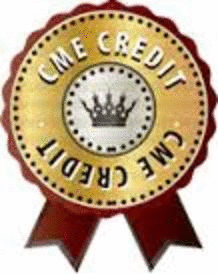
Kenneth Seger
Nova Southeastern University College of Optometry, USA
Title: Lower order aberrations and contact lenses: A rationale for 0.50DC toric soft lenses
Biography
Biography: Kenneth Seger
Abstract
PURPOSE: Lower order aberrations have been correctable for generations; defocus for hundreds of years and an astigmatism for over a century. For the last several years there has been considerable interest in correcting higher order aberrations (HOA). However, as of now, toric soft lenses, which have become so reliable that they are manufactured as daily disposables, have 0.75DC as their lowest cylindrical correction. This leaves many patients with an uncorrected cylindrical component which causes a greater negative impact of vision than typical uncorrected HOA values. Is there a need or justification for manufacturing -0.50DC toric lenses?
METHODS: The data of all spectacle lens prescriptions for three consecutive months was obtained from an independent spectacle lens fabrication laboratory. The cylindrical component powers were tabulated and analyzed. The number of current toric lens combinations and additional lens combinations necessary for 0.50DC correction was calculated.
RESULTS: Out of 3869 consecutive spectacle lens prescriptions 778 (20.1%) had correction of -0.50DC (27.3% of all cylindrical corrections), suggesting that 20% of potential lens wearers have significant residual astigmatism. Using the parameters of sphere power of +6.00 to -8.00 (in 0.25D steps) with cylindrical corrections of 0.75, 1.25, 1.75 and 2.25 DC in round the clock axis steps of every 10 degrees 3816 lens alternatives need to be available. To incorporate -0.50DC correction an additional 934 lens parameters (an increase of 24.5%) would be necessary.
CONCLUSIONS: Increasing the toric lens inventory by ~25% would theoretically capture an additional 20% of currently less-than-optimally corrected potential contact lens wearers. We suggest contact lens manufacturers, in addition to pursuing HOA correction, might more profitably work on developing a 0.50DC toric lens.

